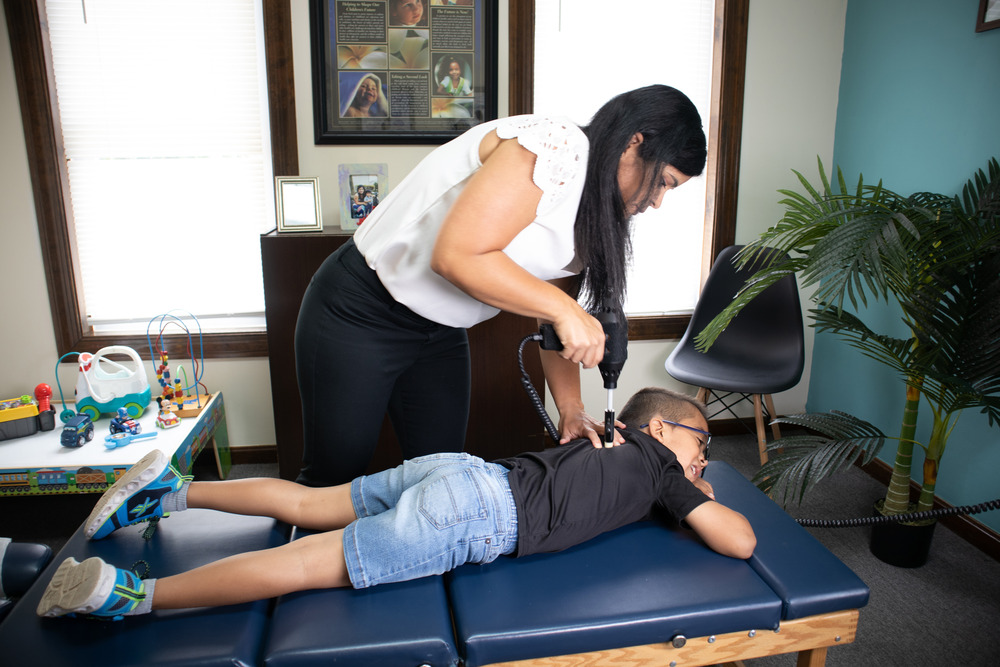Orthopedic surgeons are medical doctors who focus on your bones, joints, ligaments, tendons, and muscles. A pediatric orthopedic surgeon has additional expertise in diagnosing and treating bone and joint problems in children, from newborns to teenagers. Understanding their role helps you know what to do when your child experiences an issue. Here is more information about what you should know about this field:
Providing Specialized Care
A child’s body is in a constant state of growth. Their bones are different from adult bones; they are more flexible and have growth plates, which are areas of developing cartilage tissue near the ends of long bones. These differences mean that children’s bone and joint injuries require a specialized approach.
Pediatric orthopedic surgeons typically have deep knowledge of the unique aspects of a child’s developing skeleton. They can understand how injuries and medical conditions affect growth and development. This specialized training allows them to recommend treatments that support healthy growth.
Their expertise covers a wide range of conditions, from fractures to more complex skeletal abnormalities. These specialists also utilize advanced diagnostic tools and techniques to assess each child’s condition accurately. By focusing on minimally invasive procedures whenever possible, they aim to minimize recovery time.
Treating Scoliosis
Scoliosis is a condition that causes the spine to curve sideways. It may appear in children and adolescents during their growth spurts just before puberty. While the cause of most childhood scoliosis is unknown, it is a condition managed by pediatric orthopedic specialists.
Diagnosing scoliosis typically involves a physical examination and imaging tests, such as X-rays. The orthopedic surgeon will measure the curve of the spine to determine its severity. Treatment options depend on the degree of the curve and the child’s age. They might include:
- Observation to monitor the curve over time
- Bracing to prevent the curve from getting worse
- Surgery for more severe curves
The goal is to manage the curve’s progression during the child’s growing years.
Treating Fractures Involving Growth Plates
Growth plates are particularly vulnerable to injury. A fracture that involves a growth plate needs careful medical attention because it has the potential to affect how the bone will grow. An improperly healed growth plate fracture might lead to a limb that is crooked or shorter than its opposite limb. A pediatric orthopedic surgeon is trained to manage these specific types of fractures.
Addressing Complex Issues
Beyond fractures and scoliosis, pediatric orthopedic surgeons manage a variety of other conditions. These include conditions like clubfoot, where a baby is born with one or both feet turned inward. They may also address limb length discrepancies, where one leg or arm is shorter than the other.
Other issues they treat are hip conditions in infants and adolescents, such as developmental dysplasia of the hip. They also handle bone infections and bone tumors. These complex problems require a detailed understanding of pediatric anatomy and development. The care for these issues is often long-term, involving multiple stages of treatment and ongoing monitoring as the child grows.
Find an Orthopedic Surgeon Near You
Finding the proper care for your child’s bone and joint health provides a clear path forward. From common injuries like fractures to more complex conditions such as scoliosis or congenital differences, pediatric orthopedic surgeons offer specialized knowledge. If you have concerns about your child’s health, the next step is to seek a professional evaluation. Contact a spine specialist today to schedule an appointment.





Leave a Reply